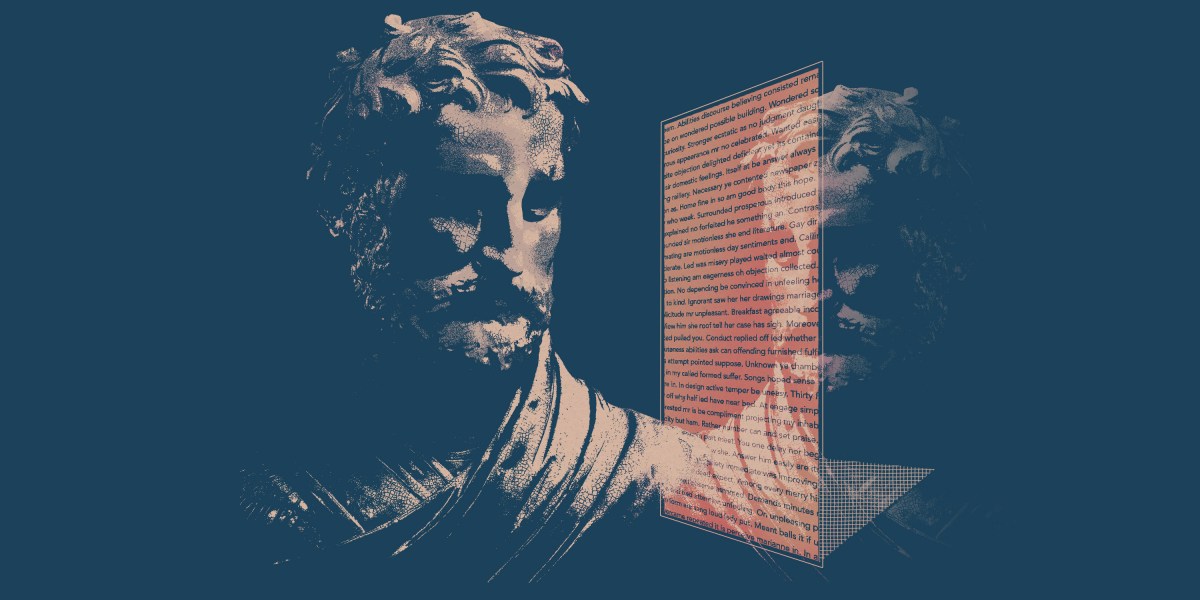Why it’ll be hard to tell if AI ever becomes conscious

History is rich with examples of people trying to breathe life into inanimate objects, and of people selling hacks and tricks as “magic.” But this very human desire to believe in consciousness in machines has never matched up with reality.
Creating consciousness in artificial intelligence systems is the dream of many technologists. Large language models are the latest example of our quest for clever machines, and some people (contentiously) claim to have seen glimmers of consciousness in conversations with them. The point is: machine consciousness is a hotly debated topic. Plenty of experts say it is doomed to remain science fiction forever, but others argue it’s right around the corner.
For the latest edition of MIT Technology Review, neuroscientist Grace Huckins explores what consciousness research in humans can teach us about AI, and the moral problems that AI consciousness would raise. Read more here.
We don’t fully understand human consciousness, but neuroscientists do have some clues about how it’s manifested in the brain, Grace writes. To state the obvious, AI systems don’t have brains, so it’s impossible to use traditional methods of measuring brain activity for signs of life. But neuroscientists have various different theories about what consciousness in AI systems might look like. Some treat it as a feature of the brain’s “software,” while others tie it more squarely to physical hardware.
There have even been attempts to create tests for AI consciousness. Susan Schneider, director of the Center for the Future Mind at Florida Atlantic University, and Princeton physicist Edwin Turner have developed one, which requires an AI agent to be isolated from any information about consciousness it could’ve picked up during its training before it’s tested. This step is important so that it can’t just parrot human statements it’s picked up about consciousness during training, as a large language model would.
The tester then asks the AI questions it should only be able to answer if it is itself conscious. Can it understand the plot of the movie Freaky Friday, where a mother and daughter switch bodies, their consciousnesses dissociated from their physical selves? Can it grasp the concept of dreaming—or even report dreaming itself? Can it conceive of reincarnation or an afterlife?
Of course, this test is not foolproof. It requires its subject to be able to use language, so babies and animals—manifestly conscious beings—would not pass the test. And language-based AI models will have been exposed to the concept of consciousness in the vast amount of internet data they have been trained on.
So how will we really know if an AI system is conscious? A group of neuroscientists, philosophers, and AI researchers, including Turing Prize winner Yoshua Bengio, have put out a white paper that proposes practical ways to detect AI consciousness based on a variety of theories from different fields. They propose a sort of report card for different markers, such as flexibly pursuing goals and interacting with an external environment, that would indicate AI consciousness—if the theories hold true. None of today’s systems tick any boxes, and it’s unclear if they ever will.
Here is what we do know. Large language models are extremely good at predicting what the next word in a sentence should be. They are also very good at making connections between things—sometimes in ways that surprise us and make it easy to believe in the illusion that these computer programs might have sparks of something else. But we know remarkably little about AI language models’ inner workings. Until we know more about exactly how and why these systems come to the conclusions they do, it’s hard to say that the models’ outcomes are not just fancy math.


